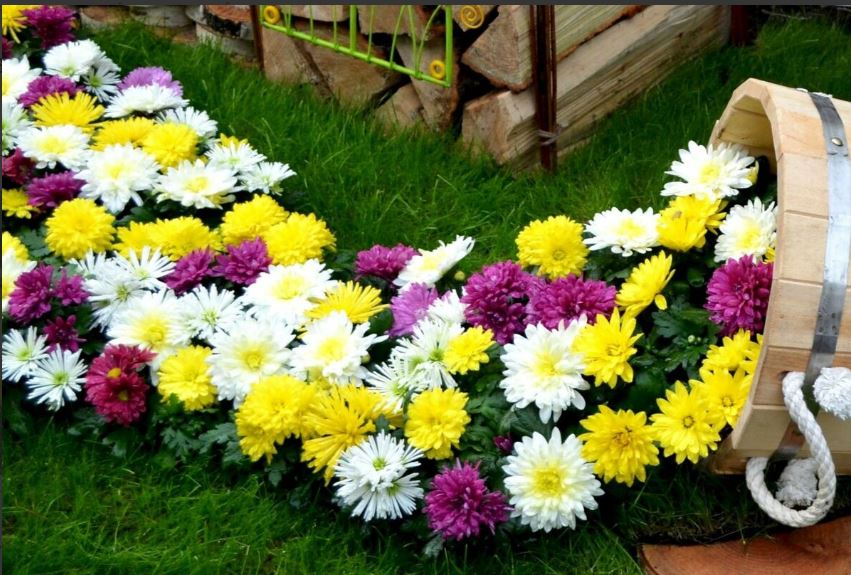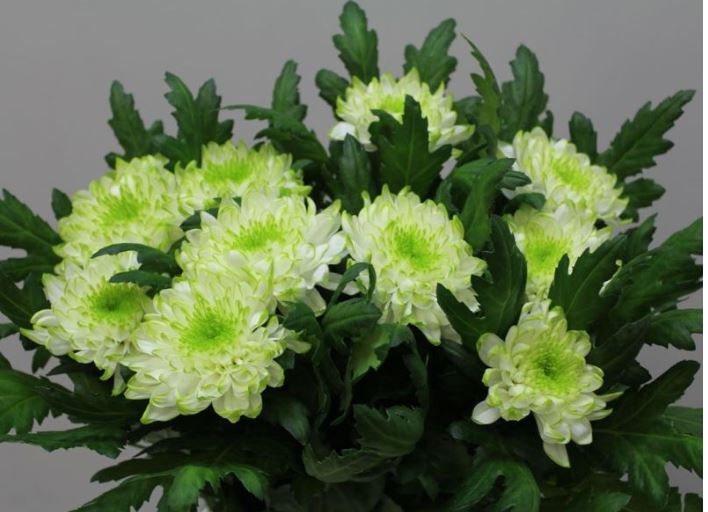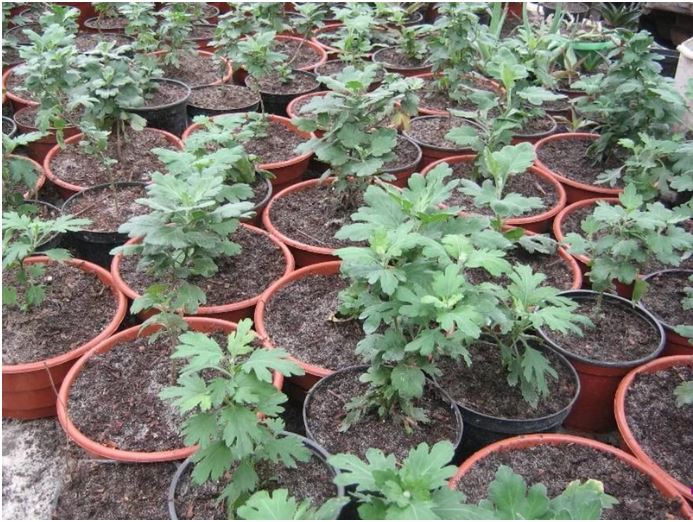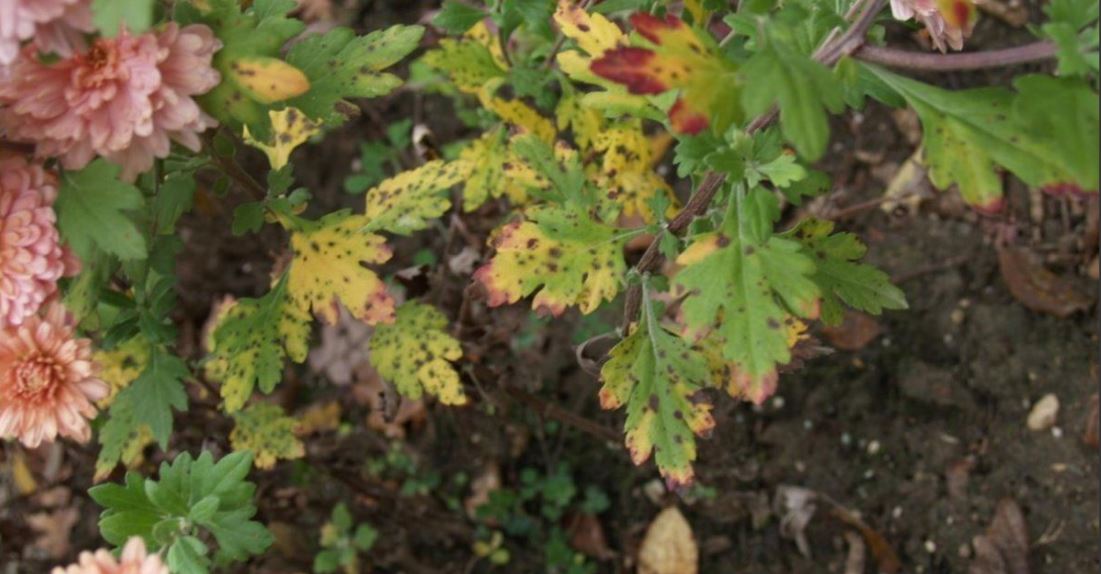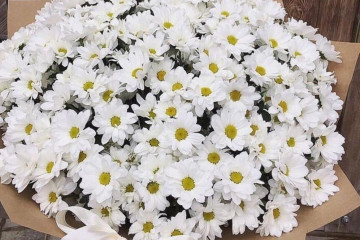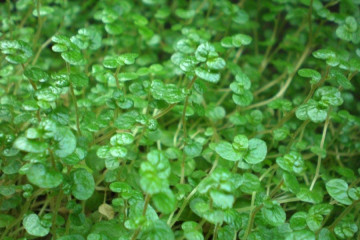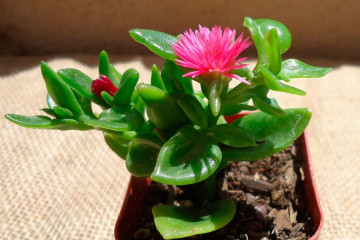Chrysanthemum Zembla - care and reproduction
Content:
Among all the varieties of chrysanthemums, the flower with the unusual name Zembla stands out quite strongly. Today it is one of the most popular species, recognized all over the world, and not only at home in China and Japan. This beautiful plant can be found in almost every household plot in different countries. And the variety of varieties allows even the most fastidious flower lovers to choose the right variety.
Chrysanthemum Zembla - what is this flower
Zembla is one of the varieties of chrysanthemums and directly belongs to the Astrov family. It is considered a perennial plant and is grown mainly as an ornamental flower, which always looks harmonious in any kind of landscape design on the backyard.
China is considered the homeland of the designated plant, but over time it began to be grown in Japan. A little later, the Dutch began to deal with chrysanthemums, and thanks to them, Zembla quickly spread to other countries.
Chrysanthemum Zembla feels great both in pots on the windowsill and in the open field. But if the cultivation is carried out in a flowerpot, then the flower grows up to 50 centimeters in height. When growing outdoors, the height of the bush can be one meter.
The leaves of the flower have a rich green color. Their front side is covered with small villi, which slightly resembles velvet fabric. The lower part, on the contrary, is very smooth.
The buds are of different colors, the shades vary greatly depending on the particular variety. You can easily find yellow, purple, white and even greenish chrysanthemums.
Plant varieties, what they look like
Today there are many varieties of Zembla chrysanthemums, but the most popular among them are:
- Zembla Brazil. The description says that the flower itself is completely yellow in color, but a pale green tint is visible at the edges of the petals.
- Zembla Lime. The opened bud of this flower is snow-white with pronounced lime-colored veins.
- Zembla VIP. The only difference from the designated types of decorative chrysanthemums is only the color scale. The flowers of this plant have a delicate lilac hue.
- Zembla White. This type of chrysanthemum White is called, because its petals in the flower have a pure and flawless snow-white color (from the English White - "white"). The buds of such chrysanthemums are quite large.
- Zembla Lilak. The color of the petals is painted in a light-delicate lilac shade, and the petals themselves are slightly inclined by the edges to the center of the bud.
- Zembla Yellow. The similarity with the White chrysanthemum is one hundred percent, but the petals of the flower are distinguished by a bright saturated yellow color (from the English Yellow - "yellow").
Growing bush chrysanthemum Zembla mix in the garden
First of all, it must be said that this type of chrysanthemum is a fairly thermophilic plant. However, the flowers should grow in areas where scattered sunlight prevails during the day.To grow this beautiful flower in the garden, some nuances should be taken into account. The same applies to options when chrysanthemums are grown as houseplants.
Location selection
These flowers prefer to grow in well-lit areas, but it must be remembered that direct, burning sunlight throughout the day can be detrimental to the plant.
How to prepare the soil and flower for planting
Before you start planting a plant, you must first prepare an earthen mixture. It should consist of:
- loose sod land;
- well-rotted compost;
- river sand (with particles of the middle fraction);
- peat.
A prerequisite is the arrangement of the drainage layer, especially if the plant will be planted in a flower pot. Expanded clay or brick chips, as well as small pebbles, can be used as drainage.
How to care for a plant
In order for the Zembla chrysanthemum to grow normally and delight with its flowering, several important rules for caring for it should be adhered to. The main ones are listed below.
Watering rules and humidity
One of the main rules for caring for chrysanthemums in the garden is proper watering. The flower is very picky about the moisture content of the soil, but at the same time, excessive moisture can cause the death of the plant.
This applies equally to the drying out of the soil. To reduce the likelihood of rapid evaporation of moisture, it is recommended to mulch the top layer in the root zone of the flower with peat.
Top dressing and soil quality
Also, it is imperative to feed the plant. She is the main component in the rules for the care.
Fertilizers are applied in this order:
- In spring and early summer, it is necessary to use complex mineral fertilizers. They need to be applied twice a month.
- From the moment the buds begin to form, the chrysanthemum needs to be fed with potash fertilizers.
As for the soil, it should be air permeable and have an average acidity level.
Pruning and replanting
In order for the Zembla bush chrysanthemum to form new shoots, it is recommended to pinch the tops of it. This will allow the bush to form and therefore have more buds. It is imperative to remove faded flowers and dried leaves.
It is necessary to transplant the plant annually for the first five years. All subsequent years, chrysanthemum can be transplanted at least every 2-3 years.
Wintering a flower
If the flower grows in open ground, then before the onset of frost, the plant must be cut to the base, and then dug out with a lump of earth. Then the chrysanthemum root should be placed in a room where the air temperature is kept at around +10 ° C and there is no access to sunlight.
You can also dig up a chrysanthemum bush from the street before setting frosty weather and transplant it into a flowerpot.
Features of flowering plants
Adhering to the basic rules for caring for the Zembla chrysanthemum, you can be sure that the plant will delight with its unsurpassed flowering for a long time.
Chrysanthemum single-headed Zembla and bush chrysanthemum begin to bloom in early autumn. Before the onset of the first frost, you need to cut off the stems from the plant, and make a bouquet from the chrysanthemum, which can be put in a vase. You are given the opportunity to admire them for 3 weeks.After pruning the bush, the flower enters the dormant stage and remains in it until the beginning of spring.
Mostly chrysanthemums have yellow petals, but you can also find lilac, snow-white, pink, purple, burgundy and even light green (lime color).
In shape, the petals are similar to small and thin tongues, densely located to each other. This position creates large inflorescences, which in size can reach up to 20-25 centimeters in diameter.
Flower reproduction methods
To increase the number of chrysanthemum bushes, you can use several methods of their reproduction.
- Propagation by cuttings
It is necessary to cut a twig from a bush and immerse it in the ground by 2 centimeters. Then cover the flower pot with plastic wrap.
If the cuttings are planted directly on the street, then you can make a small greenhouse, or cover each cutting with a jar. It is imperative to water the seedlings in a timely manner.
- Seed propagation
Take a small box and fill it with prepared earth. Next, the soil in it should be moistened with water, and then the seedlings should be sown. From above it is necessary to sprinkle the seeds with the remaining soil, and cover the container with the seed with glass.
It is important to place the seed box in a well-lit area. When the seedling reaches 7-10 centimeters in height, they can be transplanted either into separate pots, or directly into the open ground.
- Separation of an adult bush
In this case, you can simply dig up a chrysanthemum bush and, if possible, divide it. This must be done very carefully so as not to damage the root system of the main bush and shoot.
Growing problems, diseases and pests
Subject to all the rules for caring for the plant, problems with cultivation do not arise. But in the case of excessive waterlogging of the soil, the plant may develop various infectious diseases. For example, root rot and gray mold.
It is also possible to provoke diseases in a flower if, when cutting stems or buds, tools infected with pathogenic viruses or microbes were used.
As for pest problems, namely spider mites or thrips, they are easy to deal with with the help of appropriate insecticides.
In conclusion, it must be said that the Zembla chrysanthemum is not a capricious plant, but still requires attention to itself, and as gratitude it will delight with its flowering for a long time. Caring for a chrysanthemum in the garden or a mix of planting flowers requires adherence to certain rules. However, this statement is true for any home and garden plants.

